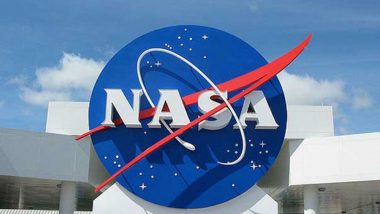Washington, Sep 6: NASA's planet-hunting Kepler space telescope -- which has led to the discovery of over 2,300 planets so far -- was roused from sleep mode and has restarted its scientific operations. The US space agency has been closely monitoring the probe since it is expected to run out of fuel soon.
The spacecraft went into sleep mode after successfully downloading data from its 18th observation campaign. "After being roused from sleep mode the spacecraft's configuration has been modified due to the unusual behaviour exhibited by one of the thrusters," NASA said in a statement. "Preliminary indications are that the telescope's pointing performance may be somewhat degraded," it said.
In 2013, Kepler's primary mission ended when a second reaction wheel broke, rendering it unable to hold its gaze steady at the original field of view. The spacecraft was given a new lease on life by using the pressure of sunlight to maintain its pointing, like a kayak steering into the current.
Reborn as "K2," this extended mission requires the spacecraft to shift its field of view to new portions of the sky roughly every three months in what is referred to as a 'campaign'. Initially, the Kepler team estimated that the K2 mission could conduct 10 campaigns with the remaining fuel. However, the mission has entered its 19th on August 29.
In March this year, NASA had said that the probe is expected to run out of fuel in a few months. The Kepler team is planning to collect as much science data as possible in its remaining time and beam it back to Earth before the loss of the fuel-powered thrusters that would make it difficult to aim the spacecraft for data transfer. "It remains unclear how much fuel remains; NASA continues to monitor the health and performance of the spacecraft," the statement said.













 Quickly
Quickly











